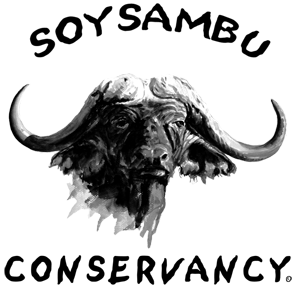The construction of a boundary dry stone wall as begun on the eastern boundary of Soysambu Conservancy. The initial section of the fence will stretch from the base of ‘The Nose’ on the Sleeping Warrior crater and extend down to Lake Elmenteita. This area of the Conservancy constantly being entered and illegally grazed by herdsmen and their stock, often herds of over 1,000 cattle.
The dry stone wall is being made using the volcanic rocks that cover the property, particularly southern area of the lake. Six-foot wooden posts are being built into the stone wall and will carry solar powered electrified wires to deter trespassers from simply climbing over the wall. The estimated cost of building the fence is 300,000ksh (~US$4,000) per 5km.
This method of fencing, although labour intensive has had proven success on other properties in keeping unwanted trespassers out as well as keeping wildlife in, and is much more durable than a standard electric fence, and a lot cheaper too.
If you would like to make a donation towards the construction of the wall please follow the links on our home page- your contribution will be greatly received.











